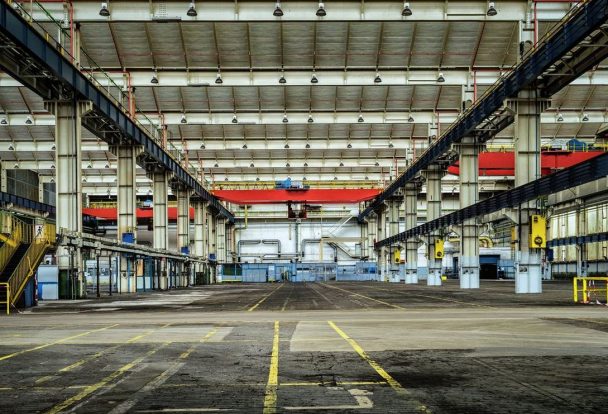In many ways, your warehouse is the heart and soul of your business. You can have the best sales reps and customer service team, but if your warehouse operations are not flowing well, your business will suffer. Below are five keys to making sure that your warehouse and staff are well-organized to keep your daily operations going at peak efficiency.
Optimize Layout and Traffic Flow
The first way to organize your warehouse is to properly control vehicle and foot traffic in, through and around your warehouse and parking lot. Most large warehouses are already well-designed to accommodate separate areas for receiving and delivery, but some older warehouses and some smaller ones have issues that cause traffic to jam up in one way or another.
It’s important that your receiving department has an adequate staging area for unloading pallets from shipping containers. Otherwise, you might end up with pallets of new product all over the place, making it difficult to stock them quickly. They might also block other operations. For example, if your delivery department’s pallet wrapping equipment gets temporarily surrounded by pallets that you just unloaded, that can jam them up and throw their deliveries off schedule.
Do Not Hoard Damaged Products
Some warehouse managers and business owners are terrible when it comes to damaged merchandise. They will hold onto items for years, shoving them away in a corner of the warehouse to the point that the shelves cannot even contain the items. If you aren’t careful, soon you could have an entire aisle blocked up with piles of damaged goods, making it unsafe for employees and forklifts to maneuver.
At the very least, you’re just wasting space. If you find that some items sell out often — yet you have half an aisle of damaged goods taking up space — then you have a problem with hoarding. Free up that space and stock more of the hot merchandise to avoid losing sales.
Separate Will Call from Warehouse
In smaller warehouses, you can’t always do this. But for safety purposes — and organization purposes too — it’s usually best to have a dedicated will call employee and have that department separated from the main warehouse entrance and area. Customers shouldn’t just be walking into your warehouse through the bay doors and wandering around to find someone. Have a designated will call area with an employee at the desk at all times.
Create an Efficient System for Workflow
You want to minimize wasteful steps in your workflow to save time and improve efficiency. Your employees shouldn’t have to walk far to grab fresh pick tickets and invoices off the printer. Your inventory computer programs should be updated regularly. Frequently sold items might be kept closer to the packing area, with less-frequently sold items toward the back. All orders should be packed and double-checked by a different employee than the one who pulled the products from the shelves. Simple things like this can save time and money.
Thoroughly Train and Monitor Employees
The last key to an efficient and well-organized warehouse is your staff. The warehouse should always have adequate staffing, training and supervision to reduce inefficiencies and human error. Many companies make efforts to train new hires, but they drop the ball by not offering ongoing training and refresher training as needed. It is largely up to the supervisors to catch these errors and address them adequately, but managers also need to know what is happening and step in when issues are not resolved promptly.
Maintaining a well-organized warehouse is critical to any retail, wholesale or distribution company. Follow these five tips to make sure that your warehouse team is functioning like a well-oiled machine to ensure maximum customer satisfaction.
